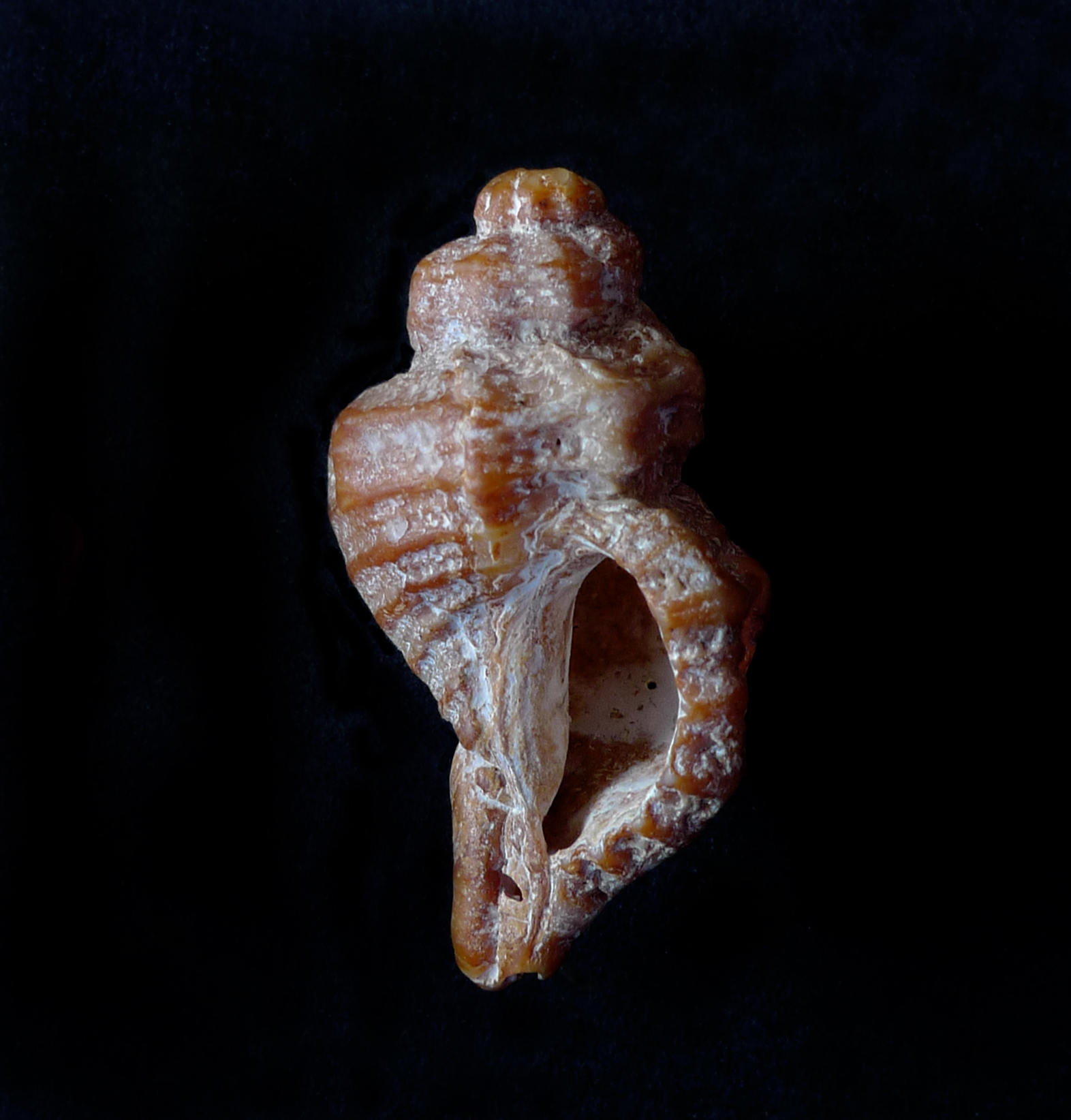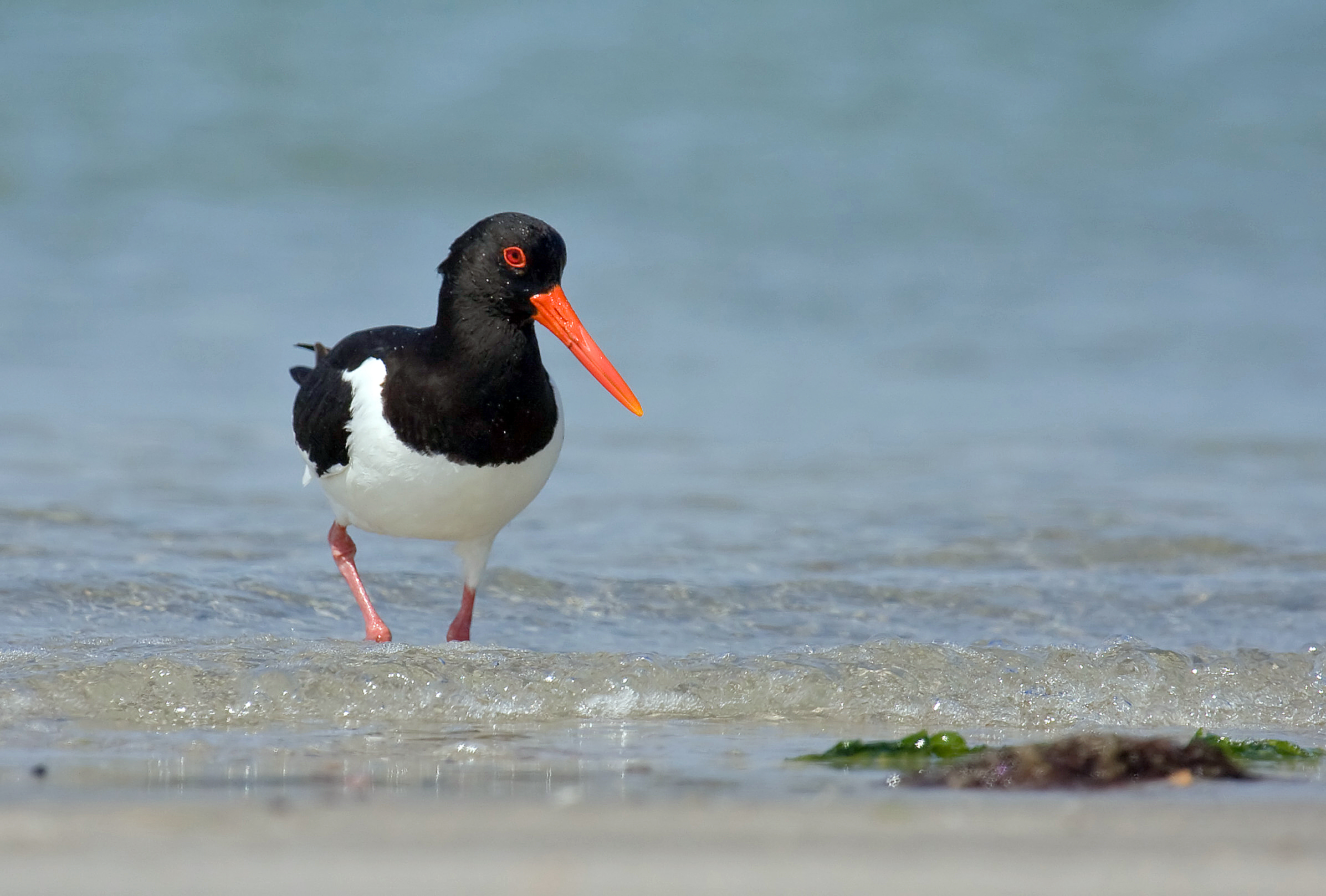There are hundreds of species of oyster in the world. They are split into two main families – true oysters (which include edible oysters) and pearl oysters. There are also a few other smaller families.
The Native oyster is a species of true oyster.
Oysters
are a type of bivalve mollusc. They're a mollusc because they have a
mantle (or shell), and they are bivalve because the shell comes in two
halves or 'valves.'
The word "oyster" is from Latin "ostreum" via Old French. It is related to Greek "ostrakon" meaning hard shell.1
Oysters
in the UK
Around
the UK coastline there are two main species of oyster, the Native oyster and, more recently, an introduced species, the Pacific oyster.
The
Native oyster, 'Ostrea edulis,' also known as the European Flat
oyster, Mud oyster, and Belon oyster, was once a staple food and plentiful around the UK coast, but was overfished in the nineteenth
century. Now they're seen as a delicacy
The Pacific oyster,
'Crassostrea giga,' meanwhile, is an introduced species. Although originally from
Japan, it is sometimes called the Portuguese oyster, and around the UK
is often called the Rock oyster.
The
Pacific oyster was introduced to the River Blackwater, Essex, in 1926,
and to Conwy, Wales in 1965, to replace the declining stocks of
Native oysters.2
It's the most widely produced edible oyster in the world, because it's relatively easy to
farm and adapts well to its environment. The Pacific oyster now
dominates the oyster industry in the UK.
If you have eaten an oyster in the UK, even one farmed locally, sadly
the chances are it was a Pacific Oyster not a Native Oyster.
The
best spots to find native oysters in the UK are the Thames Estuary,
the west coast of Scotland, the Solent, and the Fal Estuary in
Cornwall.
Whitstable
in Kent has a famous oyster
festival. In Colchester, there is an annual Oyster
Feast, held after the Mayor has dredged the first oyster of the
season.
Identifying
the Native Oyster
Native
and Pacific oysters can be distinguished by shell shape. Native
oysters are rounder and smoother-edged. Pacific oysters are more
elongated with deeply grooved edges.
 |
| Native Oyster, 'Ostrea edulis' [Source: Jan Johan ter Poorten] |
 |
| Pacific Oyster, 'Crassostrea Gigas' [Source: Jan Johan ter Poorten] |
A
native oyster is rough and scaly to the touch, and a yellowish-green
in colour. The
valves (half-shells) of a native oyster differ - one is concave and
attaches to surfaces. The other is flat and has concentric bluish
rings.
Inside
the oysters the colours range from blue to grey including the famous
opalescent ‘mother of pearl.’ The meat inside can vary in color
from creamy beige to pale gray.
 |
| Native Oyster Shell [Source: H. Zell] |
The
Life of an Oyster
Native
oysters can live up to 20 years but usually live to around six years.
They fasten themselves to bedrock and need access to plankton so usually
are found in water no deeper than 20m, near to the coast.
Oysters eat suspended organic particles and plankton. They feed through
gills, pumping water through a filter and sieving out the plankton.
Individual
oysters can filter up to 50 gallons of water per day, removing
plankton and organic particles, contributing to water quality.3
Females
oysters keep their eggs in a gill cavity. They take in sperm as part
of their normal filtering process, fertilising the eggs. Female
oysters may produce an incredible 2,000,000 eggs.4
Mother
of pearl is secreted by oysters around any foreign body that gets
inside the shell, like sand or grit. Over time this forms a pearl.
Native
oysters are edible oysters not ‘pearl oysters’ and so only rarely
produce pearls, which are very poor in quality. Pearl oysters are a
different group of oysters altogether, and are not present in UK
waters.
 |
| A Pearl Oyster [Source: Manfred Heyde] |
Oysters
in Literature
The
expression “the world's my oyster” is from Shakespeare
originally, from The Merry Wives of Windsor:
“then,
the world's mine oyster, which I with sword will open.”
Jonathon
Swift said “it was a bold man who first ate an oyster.”
Anton
Chekov wrote a delightful short story about oysters which you can
read here:
"Papa,
what does 'oysters' mean?" I repeated.
"It
is an animal . . . that lives in the sea."
I
instantly pictured to myself this unknown marine animal. . . . I
thought it must be something midway between a fish and a crab.
In
Lewis Carroll's poem 'The Walrus & the Carpenter,' oysters are
deceived into going for a walk along the beach and are then eaten:
"'I
weep for you,' the Walrus said:
'I
deeply sympathize.'
With
sobs and tears he sorted out
Those
of the largest size."
Oysters
also appear in Edward Lear's poem 'The Dong with the Luminous Nose.'
"Landing
at eve near the Zemmery Fidd
Where
the Oblong Oysters grow."
Threats
to Oysters
Native
oysters face threats from a number of other species, whether as prey
or through competition. For example, in the UK they are often preyed upon by 'Ocenebra erinacea,' the sting winkle or
rough tingle.
Another
predator is 'Urosalpinx cinerea,' the American oyster drill, which
was accidentally introduced to the British Isles with imports of
American oysters. The
oyster drill secretes an acidic substance to soften the oyster shell.
It then bores a hole through the softened shell and inserts its
proboscis to get to the meat.
 |
| Oyster Drill [Source: Manfred Heyde] |
Another
threat to native oysters is the slipper limpet, which competes for
space and secretes ‘mussel mud' which makes it harder for oyster
beds to establish.
One
animal which, strangely enough, is not a threat to the oyster is the
oystercatcher. Oystercatchers actually have nothing to do with oysters, although they do eat enough molluscs
such as mussels.
 |
| An Oystercatcher [Source: Andreas Trepte] |
Oysters
and People
British
oysters have been eaten since prehistoric times. They were popular
during the Roman invasion and were even exported back to Italy.
In
Elizabethan times, oysters were seen a venereal symbol and
specifically a metaphor for the vulva.5
Oysters
used to be a staple food of the poor in the UK, particularly in
London where they were taken from the Thames Estuary.
Although
native oysters are severely depleted in the UK, there are still some
small companies farming/gathering. In exploited areas, suitable
oyster habitat is sometimes created in the form of 'cultch' - broken
shells.
In
the Blackwater River, Richard
Haward still farms Native Oysters. The oysters have firm, creamy,
salty flesh.
The
Whitstable
Native Oyster Store produces local oysters from Kent.
Cornish
Native Oysters gathers wild Native Oysters from the Fal Estuary
in Cornwall. They are metallic, creamy and sweet.
In
Scotland, Native Oysters are still found in West Coast sea lochs.
Rossmore
Oysters is the only active fishery.
Sadly,
some parts of the UK that used to be Native oyster strongholds have
seen dramatic depletions in oyster population. In the Solent, once
home to Europe’s largest natural oyster fishery, the oyster
population has collapsed.6
The once thriving oyster stronghold in Firth of Forth, which at one
time produced 30 million oysters a year, is gone.7
Oysters
are one of the few foods that are usually eaten alive. Classicly,
they are served raw, in the half shell, sometimes with a squeeze of lemon
juice.
 |
| Native Oysters, Served Simply [Source: Myrabella] |
Oysters
can also be cooked in a variety of ways and in a variety of dishes -
grilled, fried, poached, steamed or baked.8
Native
Oysters aren't harvested between May and August (the months without the letter
'r'). This is the spawning season when the flesh becomes soft and
milky.
Some
say oysters are an aphrodisiac but there's no scientific proof of this,
although they do contain high levels of zinc which is good for male
fertility. The supposed aphrodisiac effect may have something to do
with oysters often being eaten in social surroundings with alcohol...
Strange
but True...
Native
oysters are hermaphrodites! They start their lives as male, then
after 8-10 months begin to change their sex regularly.
The
technical term is 'protandrous alternating hermaphroditism.'
Protandrous means they begin as male. Alternating refers to the fact
they change sex back and forth several times.
The
frequency with which Native oysters change sex depends on
temperature. At 16C, they turn female every 3 years; at 20C, every
year.9
Oysters
aren't the only hermaphrodites in the animal kingdom. Other well
known hermaphrodites include snails, slugs, earthworms, and
clownfish.
1http://m.dictionary.com/etymology/oyster?linkId=8uxrdf
2http://jncc.defra.gov.uk/page-1714
3https://en.wikipedia.org/wiki/Oyster
4http://www.marlin.ac.uk/reproduction.php?speciesID=3997
5http://books.google.co.uk/books?id=2XtWDhgljvkC&pg=PA982&lpg=PA982&dq=oysters+literature&source=bl&ots=SaVKsSWZ8K&sig=t18YeR1m9MESJkmNvE2zW72m0Ow&hl=en&sa=X&ei=9k7nUMrVB8aF4ASB84H4Bg&ved=0CGUQ6AEwCQ#v=onepage&q=oyster&f=false
6http://noc.ac.uk/news/marine-life-talk-1-april-oysters-lisa-kamphausen
7http://www.snh.org.uk/pdfs/publications/wildlife/nativeoysters.pdf
8http://www.bbcgoodfood.com/content/knowhow/glossary/oyster/
9http://www.arkive.org/native-oyster/ostrea-edulis/

No comments:
Post a Comment